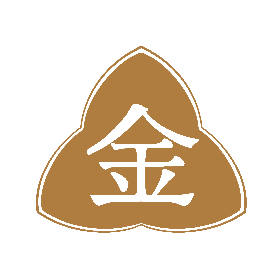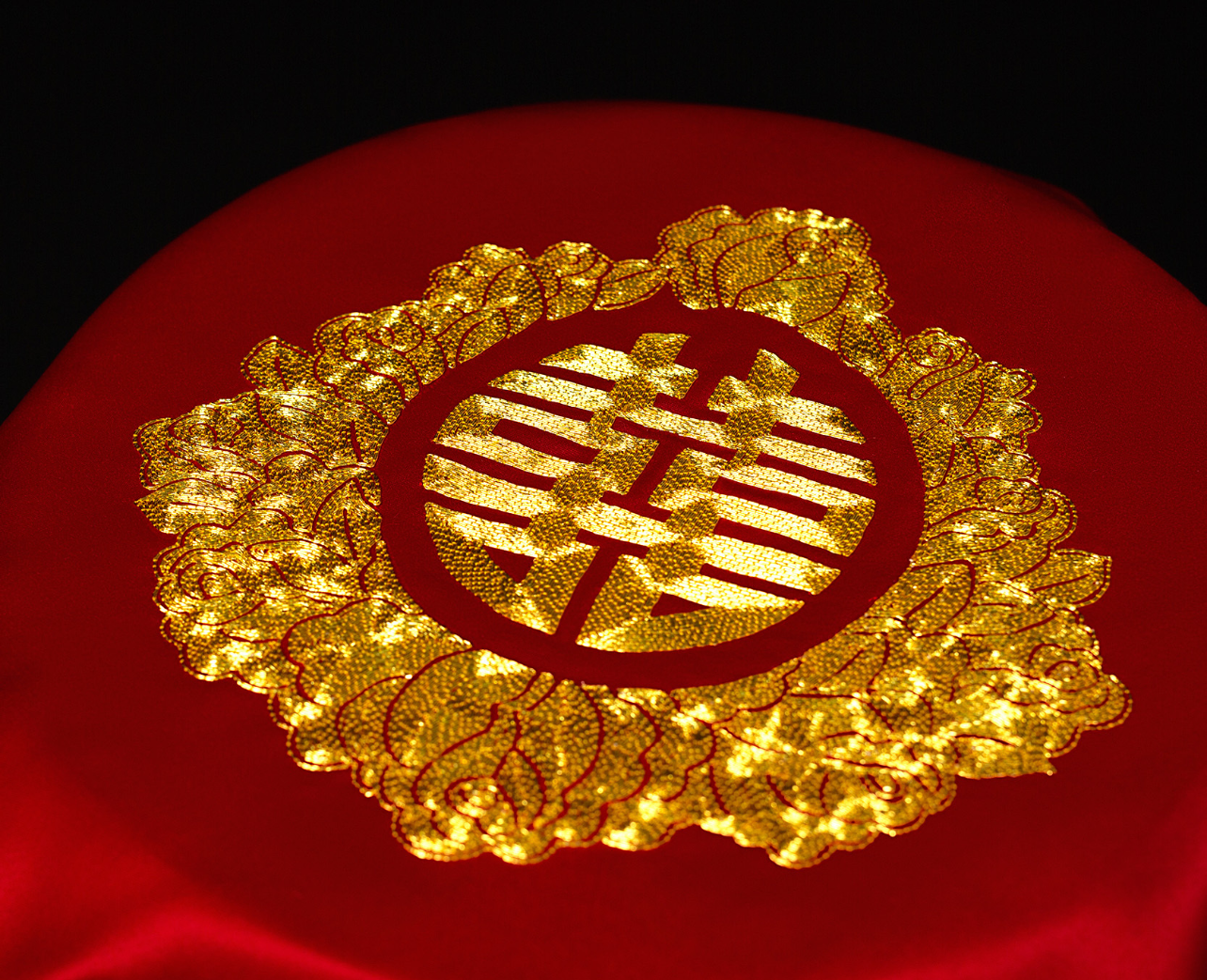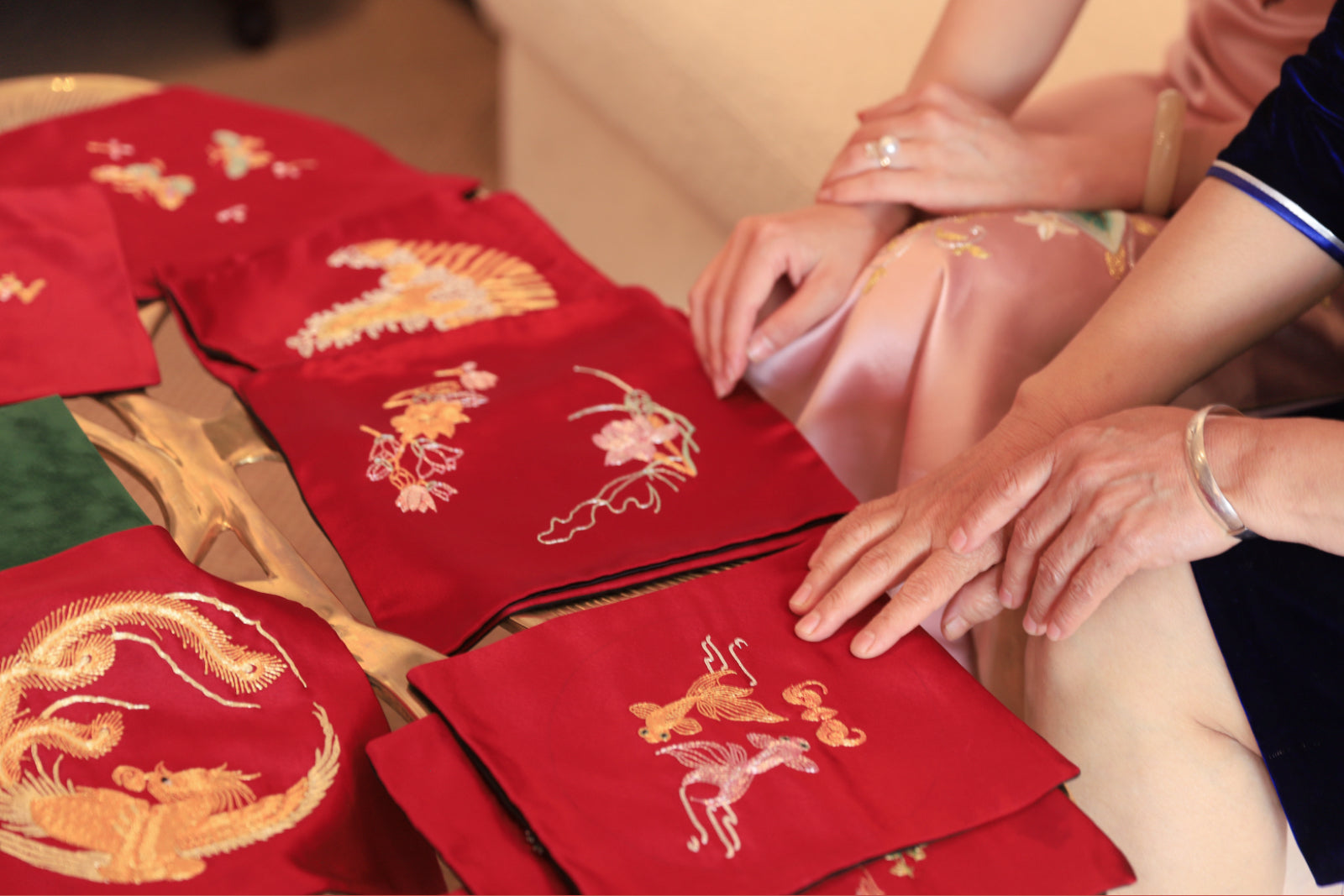
All You Need to Know About Chinese Traditional Clothing and Cheongsam Qipao Dresses
In today’s world, as traditions are being left behind in the race towards modernism and ever-evolving fashion, a long-forgotten heritage can be seen making a come-back. The traditional Chinese clothing has taken the world by storm, once again, and this time it is here to stay. The timeless appeal of classic looks has a power of its own and is proving to be a resilient force against rigid modernization. The charm of traditional Chinese clothing is now transcending the great wall of China and seeping into the United States and all over the world with full force. Not only do these outfits tell tales from ancient China, their comeback is an ode to the international fashion industry.

Han Clothing- An Evolution of Culture
Han clothing, also known as Hanfu, emerged during the Han dynasty (206 BCE-220 CE), an era marked by a flourishing economy and cultural influence, as a reflection of that time period’s grandeur. Their signature styles such as robes with curved hems, robes with straight hems, and the cross collar shirt with long skirt were not just pieces of clothing. They were the threads that wove a story of a strong and influential dynasty.
But with the passage of time, these cultural relics disappeared and lost importance as global modernity began to overshadow these cultural artifacts. People forgot the significance attached with these traditional attire in their pursuit of mixing with the western world. However, greatness can only be buried for a while and eventually finds its way back to the center stage. So it is no surprise that the younger generation in contemporary China is revitalizing Han Clothing. They are embracing their heritage and choosing to wear these traditional garments on important occasions, restoring their pride in the rich Chinese cultural legacy. Hanfu is characterized by its loose, flowing lines and the use of natural fabrics like silk and cotton. The styles and details of Hanfu often reflect the social status, gender, and occasion for which they are worn.
A lot of credit for this revival goes to the overseas community, especially in the United States. Regaining a connection to one’s heritage is becoming widely popular as Chinese communities grow and blend with other cultures. Han clothing is a living tradition that is gaining prominence in China, US, and beyond.
Explore our Modern Qipao and Cheongsam dresses
Qipao/ Cheongsam Dresses- A Tale of Elegance
Moving forward to the 17th century, Ming dynasty was overthrown and the Qing dynasty (1636-1912 CE) was established by Manchu people. With its roots dating back to that time, Qipao or Cheongsam was the signature dress of Manchu women during the Qing dynasty. Following the fall of the empire in the 1920s, this form fitting gown gained popularity in Shanghai and Hong Kong, with each city infusing its own distinct elements into the cheongsam style. Shanghai-style cheongsams have a more forward looking aesthetic as they are infused with the Western design elements and bright hues. They feature figure-hugging silhouettes along with high side slits, high collars, and a variety of sleeve styles. On the other hand, Hong Kong style cheongsams are inspired by European fashion and are adorned in a simpler way and feature short sleeves characterizing a sleeker look. As cheongsams gained popularity in other cities of China, its variants emerged. Originated in Beijing, the deeply traditional and handmade Beijing-style cheongsam has a straight A-line silhouette with intricate embroidery and elaborate adornments that emphasize traditional Chinese culture. This style is distinguished by wide piping and exudes a reserved, gorgeous, and dignified appearance. Despite its apparent simplicity, the intricate manufacturing process includes the careful creation of pankou fasteners, which requires several days of detailed silk processing.

The term "cheongsam" is derived from the Cantonese word chèuhngsam, which means 'long shirt/dress,' and is based on the Shanghainese term zansae. While it refers to a Chinese dress popularized in Shanghai in Cantonese and Shanghainese, Mandarin Chinese and other dialects use chángshn for a male garment and qpáo for the female version. Interestingly, after Shanghainese tailors migrated to Hong Kong following the 1949 communist revolution, chèuhngsam became gender-neutral. The term "qipao," which originally referred to a garment worn by both Manchu men and women, eventually evolved into a more formal term for the female chèuhngsam. In Western countries, "cheongsam" primarily refers to women's clothing, which is consistent with its Cantonese meaning.

Modern Cheongsam
Over the course of time, modern Cheongsam has emerged as the contemporary offspring of this iconic dress reflecting the vibrant blend of Eastern and Western ensembles. The demand for modern Qipao has surged in recent times as the Chinese Gen-Z have somehow found their roots back to their cultural origins and are deciding to grace traditional Chinese gatherings and festivals with their customary attire with a modern twist. Admired for its ageless grace, cheongsam has not only returned to the wardrobes in China, it has made its way to the global fashion industry. Hearts and closets all over the world have opened their doors to the modern cheongsams. Be it weddings, fashion shows, or other important events, people are opting for the qipao couture to grace their look.
In addition to being worn on events, modern cheongsam is expanding its significance in other industries as well. In particular, cheongsam-inspired uniforms have been adopted by airlines in Mainland China and Taiwan, including major companies such as China Airlines and Hainan Airlines, for their female flight attendants and ground staff. This represents a fusion of cultural heritage and modern functionality. These uniforms, which have simple colors and a hemline that falls just above the knee, frequently have frog clasps and standing collars, which honor the cheongsam's defining characteristics while putting them in a more practical setting. The cheongsam has also made a mark in the workplace in Hong Kong, where women workers chose more practical versions made of wool, twill, and other materials in the 1950s. Due to its limitations, the cheongsam's everyday wear has decreased, but it still has a prominent place in the professional world. From restaurant hostesses to hotel service staff, people wear them as formal attire for special occasions. The cheongsam's evolution demonstrates its versatility in fusing Chinese tradition with the demands of modern living.
The Unique blend of Han Clothing and Cheongsam
Throughout China's varied history, clothing has evolved through a combination of Han Chinese styles, the dominant ethnic group, and influences from other ethnicities. The iconic standing collar of the cheongsam, discovered in Ming dynasty relics, became a distinguishing feature later adopted by the Manchu during the Qing dynasty. Notably, the adoption of the standing collar transformed Manchu robes, which previously lacked collars. Furthermore, the left-side closure of Manchu robes was replaced with the right closure, a custom that was adapted from the Han Chinese. This unique fusion of styles reflects the evolution that has characterized Chinese clothing over time.
The Role of Cheongsam in Women’s Liberation
The Republican period saw the cheongsam reach its pinnacle, symbolizing significance associated with women's liberation movements in the Republic of China. After the feudal Qing dynasty was deposed, Chinese feminists led radical initiatives that challenged traditional roles and norms. This era saw the end of foot binding, the rejection of long hair as a beauty symbol, and the embrace of the novel Changshan, or "changpao." Concurrently, the qipao's style evolved, becoming more in line with Western fashion and making dressmaking more accessible to women.
The cheongsam evolved from a loose silhouette to a more form-fitting cut that emphasized women's body lines, influenced by Western fashion. Ruffled collars and bell-like sleeves, among other creative ideas, shifted the emphasis from political expression to aesthetic emphasis. This development reflected not only societal changes, but also the cheongsam's shift from a defiant symbol to an empowering and ornamental fashion statement.
Tang Suit- A Timeless Celebration
The Tang Suit originated during the Qing Dynasty (1644-1911) and was inspired by Manchurian clothing also known as Magua. It was named as ‘Tang Suit’ by foreigners due to China’s historic dominance during the Tang Empire. It is a kind of straight-cut jacket with knot buttons paired with straight-cut pants or a skirt. It is usually adorned with characters like shou (which means longevity) and fu (which means happiness and good luck). The Tang Suit is mostly worn in red as a lucky charm at Qipao for Mothers, with the aim of bringing good fortune and longevity in the year to come. Chinese Traditional Clothing for Lunar New Year, it is also made with fur for kids to keep them warm for the new year’s celebration events. This dress is famous for but not restricted to the New Year’s festival as Chinese weddings are another magnet for this attire as bride and groom tend to wear these suits in matching colors giving their big day a unique spin.

The Tang Suit is gaining international popularity as various cultures are becoming increasingly interconnected. Tang Suits in varying styles are making their appearances in global fashion collections by renowned designers who are paying homage to the cultural significance of this ethereal classic. This worldwide recognition is also adding a modern perspective to this jacket making it a brand new phenomenon.
Being the hub of cultural diversity, the United States has welcomed this traditional Chinese jacket as a symbol of cross-cultural vogue. From run-ways to red carpets, this mandarin collar suit is making a significant impact in the Western fashion industry all the while growing appreciation for the age-old Chinese heritage.
Chinese Wedding Dresses- A Symphony of Elegance
Chinese wedding couture is rich in cultural significance and reflects the country’s long history and varied traditions. The iconic qipao (cheongsam) is one of the most sought-after styles by Chinese brides. In Chinese culture, red is a dominant color as it represents joy, luck, and prosperity. Therefore, these Qipaos are frequently made in red for wedding attire. Embellished with symbolic motifs such as dragons, phoenixes, and peonies, red Qipaos are worn by the brides as a way of anticipating good fortune, harmony, and prosperous union. Modern Chinese brides embrace contemporary styles as well, incorporating western influences into their wedding apparel. This fusion of traditional and modern elements in custom Qipao reflects China’s evolving cultural legacy.

Extending its elegance beyond the bride, qipao is also custom made for the mother of the bride as a symbol of maternal wisdom and strength passed down through generations. The mother dons it on the joyous occasion of her daughter’s wedding to celebrate the love, care, and attention she has bestowed her daughter with over the years as she begins the new chapter of her life.
Additionally, Tang Suits are also a meaningful choice for wedding ceremonies due to their rich symbolism of harmony and unity. Matching Tang Suits are frequently chosen by couples as a symbol of their shared journey and commitment to a harmonious life together. The sleek and clean lines of the suit, combined with auspicious colors create a striking visual impact making it a popular choice for bride and groom on their special day.
Crossing the Chinese borders, traditional Chinese wedding dresses have become a global fashion choice by brides around the globe. Admired by brides of various ethnicities, these dresses showcase the timeless appeal of Chinese aesthetics. The vibrant red hues, exquisite embroidery, and traditional motifs of these ensembles have created a global stir in the couture business.
Asian fashion offers a boundless experience of Asian Craftsmanship allowing for complete freedom of expression. With vast choices in material, color, and designs, you can choose your pick and have a classic dress made just for you by exploring online or local stores near you that have expertise in making these dresses.
Cultural Meaning Today
In today’s multicultural weddings, wearing Chinese attire is not about tradition alone — it’s about identity and storytelling.
Many clients design modern Qipaos that blend East and West: silk with minimal cuts, subtle embroidery, and heirloom details meaningful to their family.
How to Choose Your Custom Piece
When choosing your Chinese wedding attire:
-
Select the silhouette (Qun Kwa, Qipao, Tang suit).
-
Choose meaningful embroidery motifs.
-
Customize color and fit with a couture designer.
Every JINZA couture piece is hand-guided — blending traditional craftsmanship with modern luxury.
Traditional Chinese clothing continues to evolve, carrying love, artistry, and culture into the modern world.
Every piece — from the Qipao to Tang suit — is a bridge between past and future.
Design your own heirloom — visit our Custom Qipao & Tang Suit page to begin your journey.


